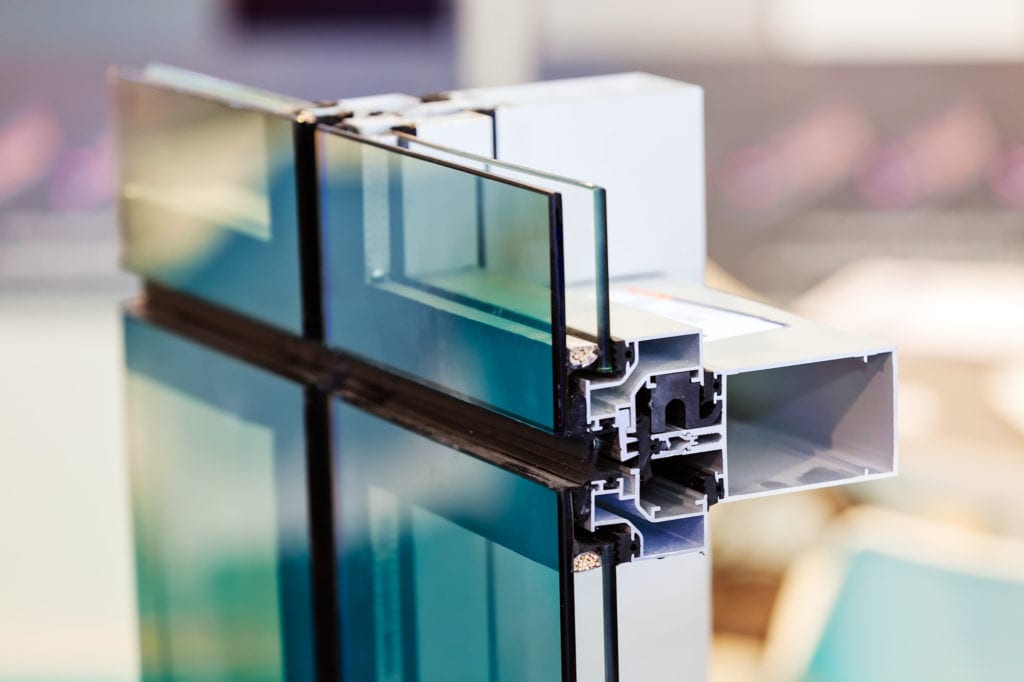All Categories
Featured
Table of Contents
Double Glazing in Cooloongu WA
That window can send more solar heat in winter season than in summer. A west-facing window on a summertime's afternoon has an angle of occurrence from near 0 up to 30 with a large efficient location of solar radiation. A north-facing window, in summer season, has a high angle of incidence and a low efficient location of solar radiation, so can transmit less heat than a west-facing one.

However you can quickly and quickly improve the thermal efficiency of your home by changing your windows. This is among the most reliable methods of restoration to attain improved thermal convenience. There are countless kinds of glass and frames to pick from. Picking the best ones is essential to enhancing the energy efficiency of your house.
Save Energy With Double Glazed Windows in Beeliar Perth
Single glazing with clear glass is not extremely effective when it comes to heat loss or gain. To improve efficiency, you can utilize single glazing with a more energy-efficient type of glass such as low emissivity (low-e) glass.
The energy efficiency of IGUs likewise depends on: the homes of each layer of glass. Different glass types (for example, clear and low-e glass) can be put together in an IGU.
5 Benefits Of Double Glazing Windows in Gwelup WA

IGU cavities can be filled with air or a more inert, low-conductivity gas such as argon the width of the cavity. Cavity thickness is generally 6 to 18mm. Larger cavities supply lower (much better) U values, with 12mm normally accepted as the preferred gap how well the cavity is sealed. Cavities should be dry and well sealed to prevent moisture getting in.
If argon is set up to the cavity in place of air, wetness is reliably left out the level of desiccant (drying agent). The spacer (metal or polymer strip) that separates the glass layers consists of a desiccant to take in any moisture. Insufficient desiccant might trigger wetness to condense on the glass surface in cold conditions, minimizing thermal performance.
Double Glazed Windows In Melbourne in High Wycombe WA
In truth, IGUs can provide better energy efficiency for all climates, specifically in heated and air-conditioned houses. Cross-section information of single, double and triple-glazing units Low emissivity glass (frequently referred to as low-e glass) reduces heat transfer. Low-e glass may be either high or low transmission: High transmission low-e glass has a coating that allows daytime from the sun to pass into your home to accomplish good solar heat gain, however reduces the amount of the long wavelength infrared heat that can leave back through the window.
Low-e glass has either a pyrolytic finishing or a vacuum-deposited thin film metal covering. Pyrolytic coatings are durable and can be utilized for any glazing; vacuum-deposited finishes are soft and are only utilized within IGUs. Low-e coverings can significantly improve both U worth and SHGC; however, they must be used properly or they will either degrade or stop working to carry out as needed.
Plastic Window Frames - Best Plastic Double Glazed ... in Mundaring Perth
Low-e finishes can be used in mix with clear, toned or reflective glass. Low-e finishes on glazing can reduce heat transfer where needed Picture: Department of Market, Science, Energy and Resources Toned glass has colouring additives consisted of throughout manufacture. It is available in numerous colours, typically bronze, grey, blue and green.
Latest Posts
Fitting A Cabin In Your Garden? Get Double Glazing Fitted Too in Forrestdale WA
Why Is Double Glazing So Important In Winter? in Highgate Perth
Best Glass For Double Glazing in Gwelup Perth